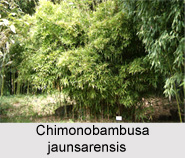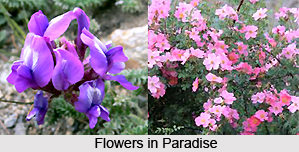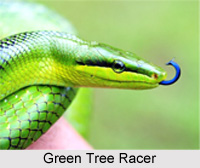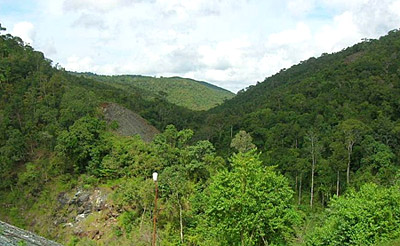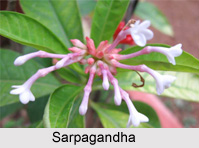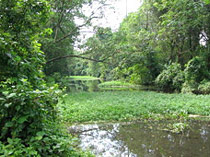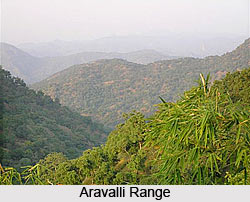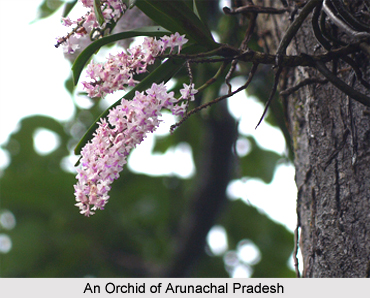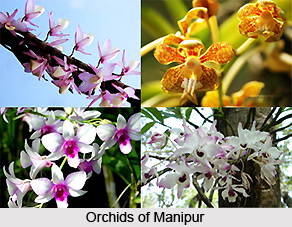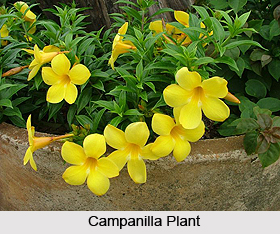 Campanilla is an Indian Medicinal Plants which is a climbing evergreen shrub. The plant is commonly known as "Golden Trumpet", a common trumpet vine. Campanilla is a species of flowering plant of the genus "Allamanda" in the family "Apocynaceae". The origin of the plant is probably in South America but now it is widely spread and is very common in India.
Campanilla is an Indian Medicinal Plants which is a climbing evergreen shrub. The plant is commonly known as "Golden Trumpet", a common trumpet vine. Campanilla is a species of flowering plant of the genus "Allamanda" in the family "Apocynaceae". The origin of the plant is probably in South America but now it is widely spread and is very common in India.
Different Names of Campanilla
Campanilla, a climbing evergreen shrub, is also known as "Golden Trumpet", "Kanagani" and "Kolaambi" in English. In Bengal this Indian medicinal plant is called "Harkakra". The scientific name for this is "Apocynaceae Allamanda cathartica". Other than these Campanilla is known as "Allamanda Gida", "Arasinhu", "Hal-Adilu" in Kannada; "Kanagani" in Konkani; "Kolaambi" in Malayalam and "Allemandatheega" in Telugu. Most of these plants are grown in gardens across India. However the origin of this Indian medicinal plant is seated in tropical America.
Characteristic Features of Campanilla
Campanilla usually grows up to 4 m in length. The leaves of Campanilla are mostly in whorls of 4, obovate to oblong-lanceolate, which are 8-12 cms long and 2.5-4 cms wide. The apex is acuminate, margins wavy and lateral veins are distinct. The flowers of Harkakra are large, showy, bright golden-yellow. They grow in terminal, cymose panicles or the corolla tube that is usually 4-8 cm long; lower half is cylindrical and the upper cam-panulate. The Campanilla fruits are prickly, containing many obovate, flat, winged seeds. Grown all across India, Campanilla leaves are used in moderate doses as a cathartic.
Medicinal Values of Campanilla
Campanilla is a wonderful example of a plant that is quite poisonous but also holds significant medicinal powers. Their infusion of the leaves is prescribed to treat colic, although in large doses Campanilla may cause vomiting and diarrhoea. The plant is used in traditional medicine for treating malaria and jaundice. While studies have shown that the plant has notable purgative effects, wound healing abilities, a reversible anti-fertility effect, is an anti-dermatophytic, anti-proliferative effect, anti-microbial, cytotoxic and anti-inflammatory.
The bark and its decoction are allegedly administered as a hydragogue to treat ascites. Leaf and root decoctions are used as a laxative and emetic in traditional medicine in a number of tropical countries, but large doses are toxic. These medicinal effects are only when the plant material is used correctly; incorrect usage can easily result in toxicity.
